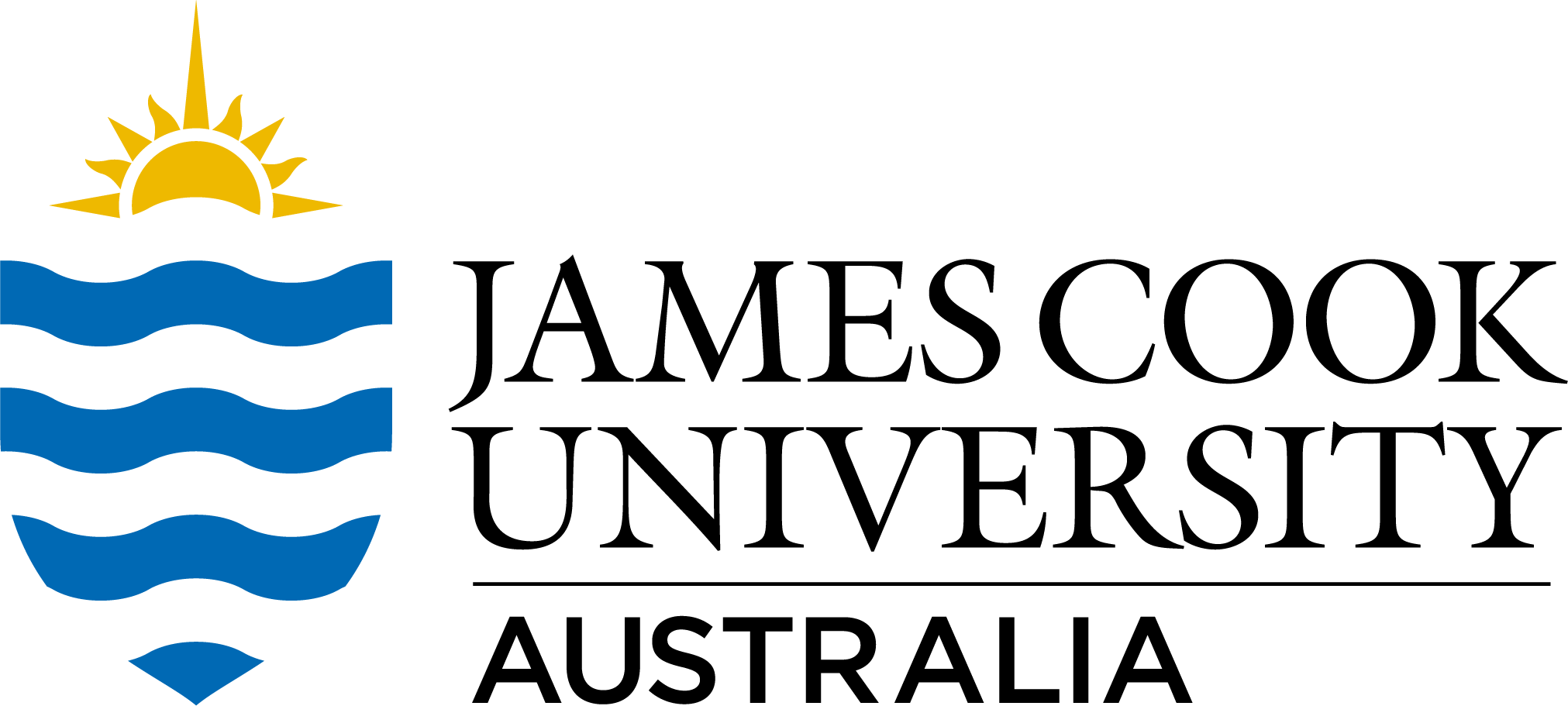Full description
This entry refers to Morais, Connolly and Bellwood 'Human exploitation shapes productivity-biomass relationships on coral reefs' in the journal Global Change Biology. It encompasses R scripts and multiple data tables used to reproduce the analyses of the paper.
The compressed file in this data entry encompasses three folders: '1st Inputs' is where the input data tables are located, '2nd Scripts' is where the scripts with functions, routines and procedures are located; and '3rd Outputs' is the folder to which figures and tables will be exported once the analyses are replicated.
Abstract [Related Publication]: Coral reef fisheries support the livelihoods of millions of people in tropical countries, despite large‐scale depletion of fish biomass. While human adaptability can help to explain the resistance of fisheries to biomass depletion, compensatory ecological mechanisms may also be involved. If this is the case, high productivity should coexist with low biomass under relatively high exploitation. Here we integrate large spatial scale empirical data analysis and a theory‐driven modelling approach to unveil the effects of human exploitation on reef fish productivity–biomass relationships. We show that differences in how productivity and biomass respond to overexploitation can decouple their relationship. As size‐selective exploitation depletes fish biomass, it triggers increased production per unit biomass, averting immediate productivity collapse in both the modelling and the empirical systems. This ‘buffering productivity’ exposes the danger of assuming resource production–biomass equivalence, but may help to explain why some biomass‐depleted fish assemblages still provide ecosystem goods under continued global fishing exploitation.
Created: 2019-11-29
User Contributed Tags
Login to tag this record with meaningful keywords to make it easier to discover
- DOI : 10.25903/5DDE18FAF37E3

- Local : researchdata.jcu.edu.au//published/22096db1cdcc1a005293313866106380
- Local : 686edcc9516cacd7d1cc9df43d0159be


